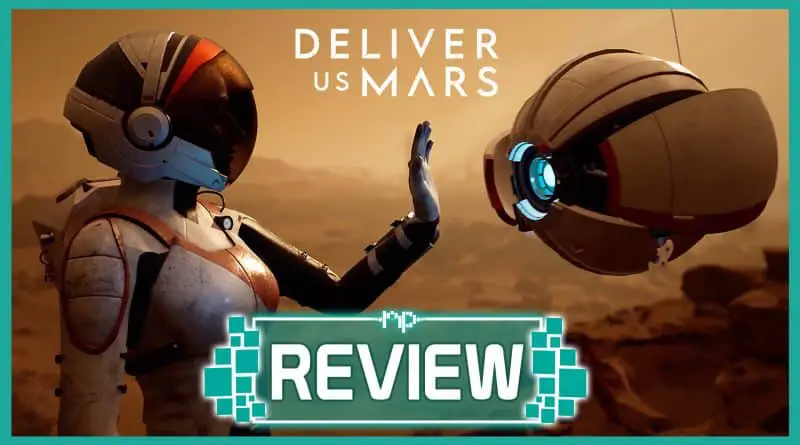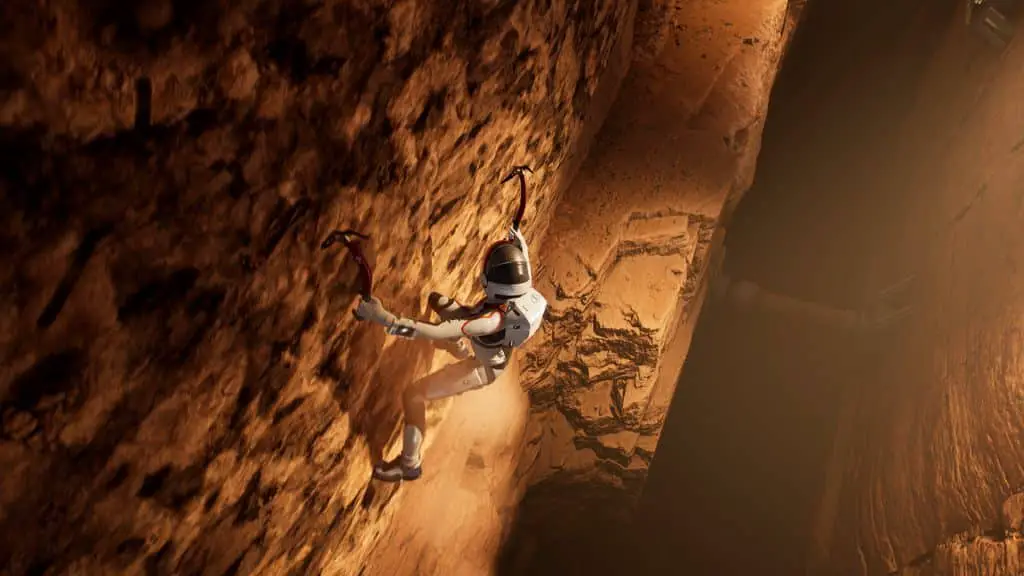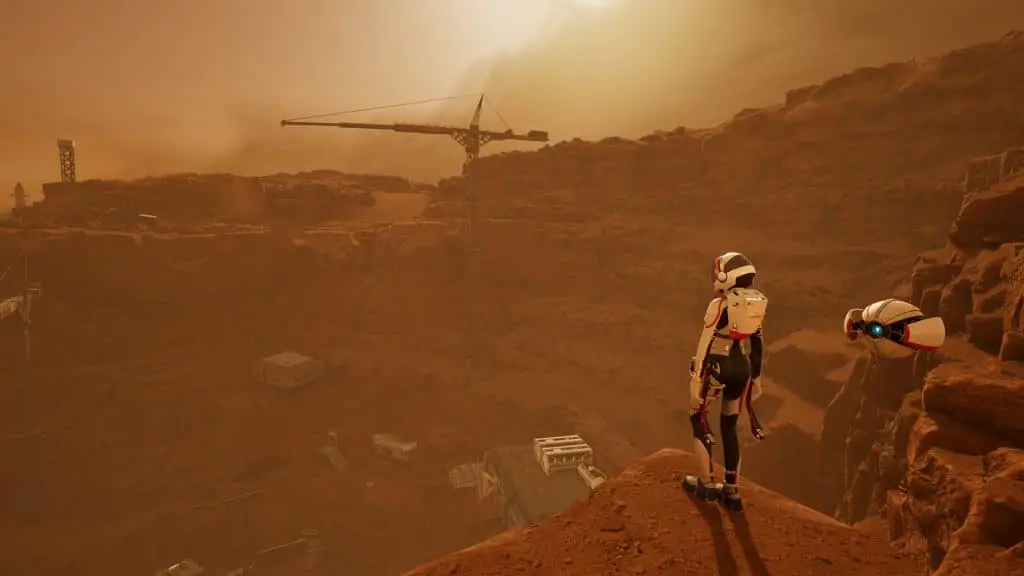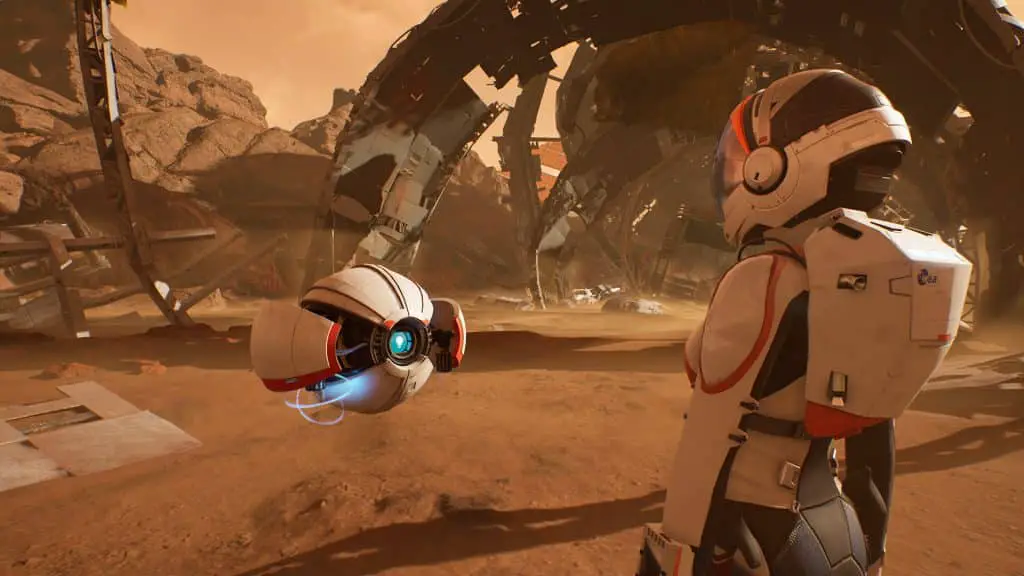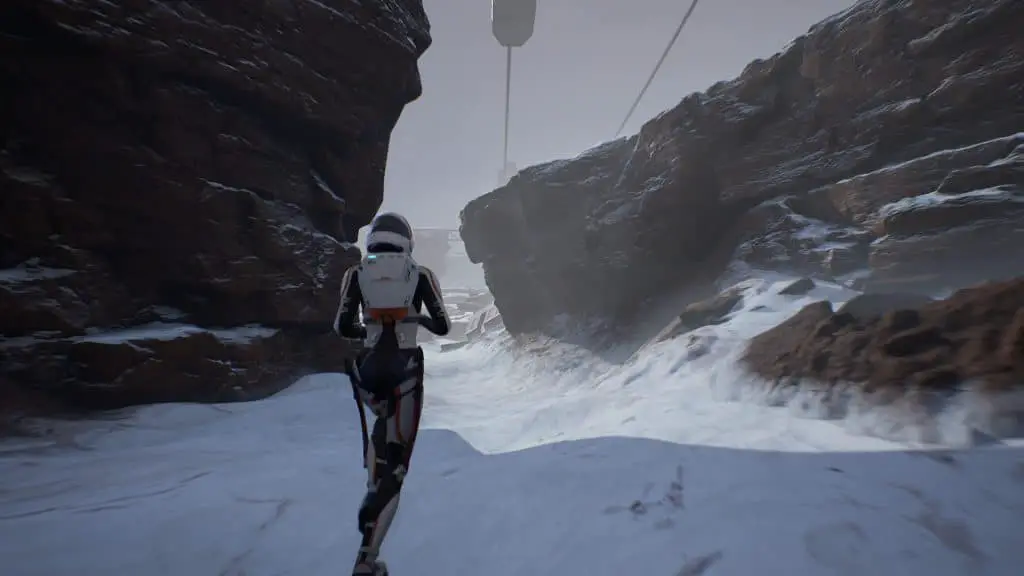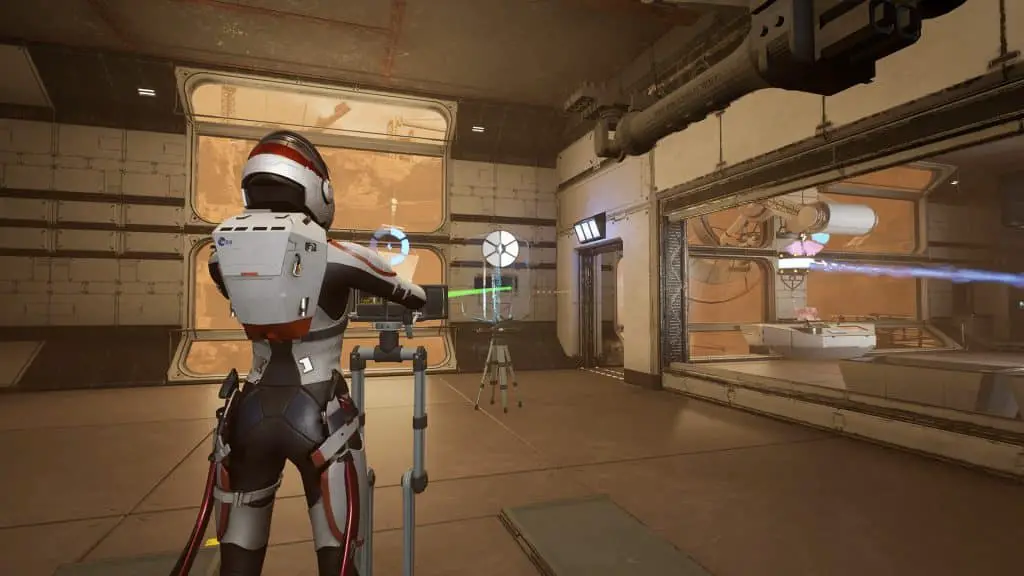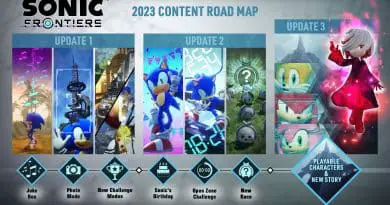Deliver Us Mars Review – Botched Delivery
-
Title: Deliver Us Mars
Developer: KeokeN Interactive
Release Date: February 2, 2023
-
Reviewed On: PS5
Publisher: Frontier Foundry
Genre: Science Fiction Puzzle Adventure
There’s been a recent resurgence of space-related video games nowadays, as you can see through the remake of Dead Space, The Callisto Protocol, or the upcoming Aliens: Dark Descent. Instead of taking the action-heavy horror approach, developers KeokeN decided to go the more peaceful narrative route with their newest project, Deliver Us Mars.
For those unfamiliar, this is the sequel to 2018’s Deliver Us The Moon and is a narrative-driven adventure game that focuses heavily on puzzle-solving and platforming. In many ways, this follow-up is more ambitious and improved upon compared to its predecessor, but in other ways, this game suffers from the same flaws. So let’s dive right in.
Deliver Us Mars is set ten years after the events of Deliver Us The Moon, and you play as protagonist Kathy Johanson, an astronaut sent on a mission to Mars after a distress signal is received. Earth’s atmosphere is dying, and Mars holds vital information on reversing climate change and houses recolonization ships called ARKs.
The interesting caveat is that your father abandoned you when you were just a child and blasted off to Mars after joining a mysterious group called the Outward. You haven’t heard a word from him since, motivating you to discover something personal on this journey. So you’re off to the giant red planet with a team of three other astronauts, but things never go as planned, and you are forced to crash land on the planet’s sandy dunes.
If you played KeokeN’s previous game, you’d know that this sequel is entirely narrative-driven, and puzzle-heavy. There are no enemies or combat, so don’t come into this game expecting an action-oriented science-fiction experience. The puzzles, for the most part, are quite varied and require some thought. However, things start relatively simple as you’re introduced to the various mechanics.
Premises usually boil down to a locked door you need to pass. You have a laser-equipped to your space suit to cut away debris or open locked panels, in addition to a robot companion named AYLA. You can assume control of it anytime to scout out areas or even enter hidden vents.
Utilizing AYLA is essential to solving some otherwise unintuitive puzzles. There are some inconsistencies with difficulty here, considering how some puzzles are way too easy, and others are unnecessarily obtuse. Without spoiling too much, other riddles include placing laser beam splitters and diffusion panels to power open doors.
One thing the developers nailed is the game’s effective atmosphere building. This game makes you feel like an astronaut, from blasting your rocket off of Earth and going through the different launch controls and procedures to navigating through zero-gravity space. The ambient music and excellent voice acting maintain the tension and immersion of every dire situation.
Ellise Chappell, the voice actress and motion capture for Kathy does a fantastic job as the main protagonist. The well-paced and engaging narrative keeps the ball rolling, with effective flashback sequences to when Kathy was a child, to provide more context and background on important key characters. The game made it irresistible to see Kathy’s story until the end, and it did not disappoint.
Deliver Us Mars takes many mechanics from its predecessor. Like in the first game, you’ll be switching between first- and third-person perspectives. In addition, collectibles, including old chat logs, letters, emails, books, and decrypted holograms, provide more insight into the narrative and characters that once inhabited these abandoned buildings. Yes, you can jump in this game, so bounce to your heart’s desire!
The significant difference between this sequel and Deliver Us The Moon is Mars’ inclusion of verticality. You are equipped with handy climbing axes to navigate the red planet’s rocky surfaces. I’ll admit climbing does take some getting used to as you’ll find yourself falling to your death in the beginning, trying to learn the controls.
Only certain surfaces are climbable, but they’re all visually distinct, so you’ll know when you see them. I wouldn’t call climbing the same as traditional puzzle solving, but the surfaces are designed so that you have to be careful where you land your next pickaxe thrust. It’s a nice change of pace, to say the least, and a welcome addition to gameplay.
A major flaw that the first game suffered from was its terrible checkpoint and saving system. Unfortunately, the developers haven’t learned from past criticism, and Deliver Us Mars lacks a manual save option. The auto-save checkpoints aren’t too far apart, but if your game crashes, you need to reboot your console, or you want to play another game, then get ready to waste time getting back to where you were because your current progress will be lost.
This situation is significantly exacerbated when you launch the game from scratch and accidentally press the “New Game” option on the main menu because your cursor defaults to it. Unfortunately, this will completely override your previous auto checkpoint because there is no “Load Game” option. Thankfully there is a “Chapter Select,” but that forces you to start over from the beginning of a chapter, still wasting time.
It’s a bit astonishing to see Deliver Us Mars launching on last-gen consoles considering how choppy and unimpressive it is on PlayStation 5. Load times are serviceable, with above-average speeds, but nothing to write home about. What’s inexcusable is the constant stuttering and screen tearing that the game suffers from.
Remember, there’s no graphical or performance mode to toggle, so it’s just this messy experience all the way through. In addition, the game cannot keep a smooth and steady frame rate, with frequent dips in even the most graphically non-intensive sequences. A Day One patch is planned before launch to mitigate some of these issues, so keep that in mind.
Facial animations are nonexistent, as lips do not move when characters talk other than in pre-rendered cutscenes. I recommend you turn up the default brightness as well because there are portions of the game where you have no idea where to go due to how dark it is. Minor DualSense features are used, such as rumbling during climbing, but it’s nothing much.
Sadly, Deliver Us Mars could barely get us to the planet of Mars itself, let alone deliver it. It’s a shame that a game that was already delayed once for further polishing still came out so rough. The constant frame drops, screen tears, glitches, and poor animation rendering are only the cherry on top of inconsistent puzzles and terrible lighting. There is something special underneath all that jankiness, though, with a focus on engaging storytelling and increased verticality (compared to Deliver Us The Moon). Still, KeokeN just couldn’t land this one right.
This post may contain Amazon affiliate links. As an Amazon Associate Noisy Pixel earns from qualifying purchases.
